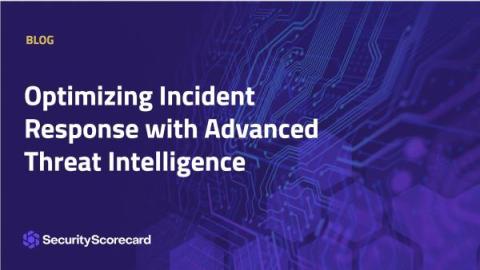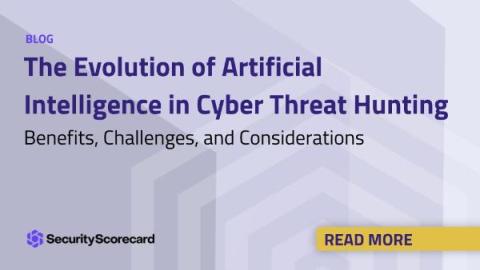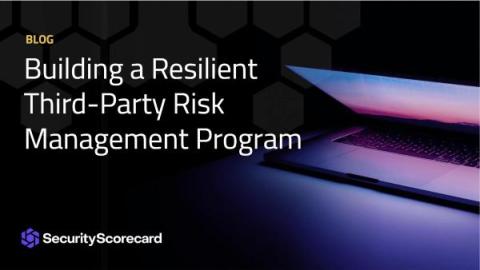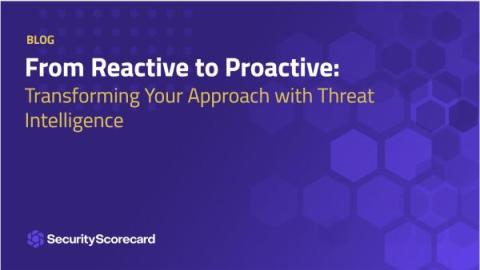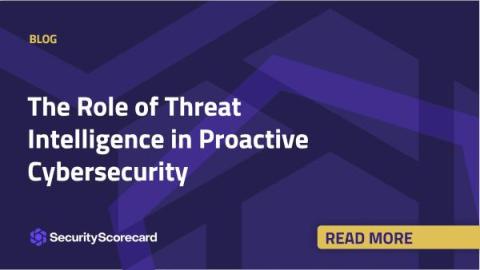Optimizing Incident Response with Advanced Threat Intelligence
In today’s cyber landscape, rapid and effective incident response is crucial for organizations to mitigate the impact of cyber attacks. Advanced Threat Intelligence (ATI) is emerging as a key player in enhancing incident response strategies. This blog post aims to elucidate how modern threat intelligence tools refine and improve these strategies, equipping organizations with the necessary insights and agility to respond to cyber threats efficiently.


